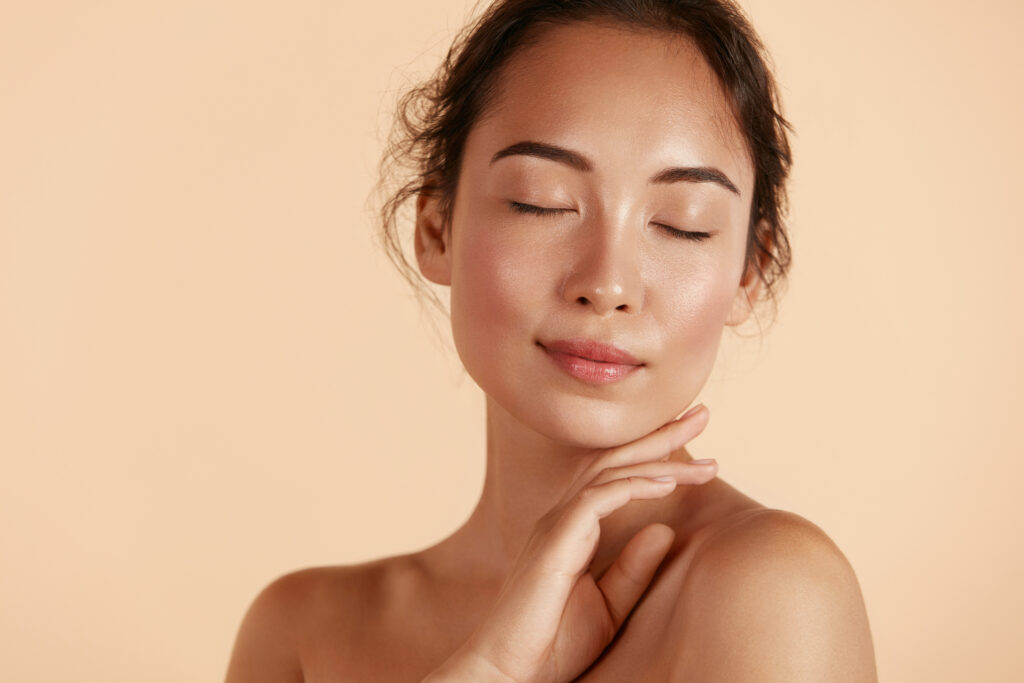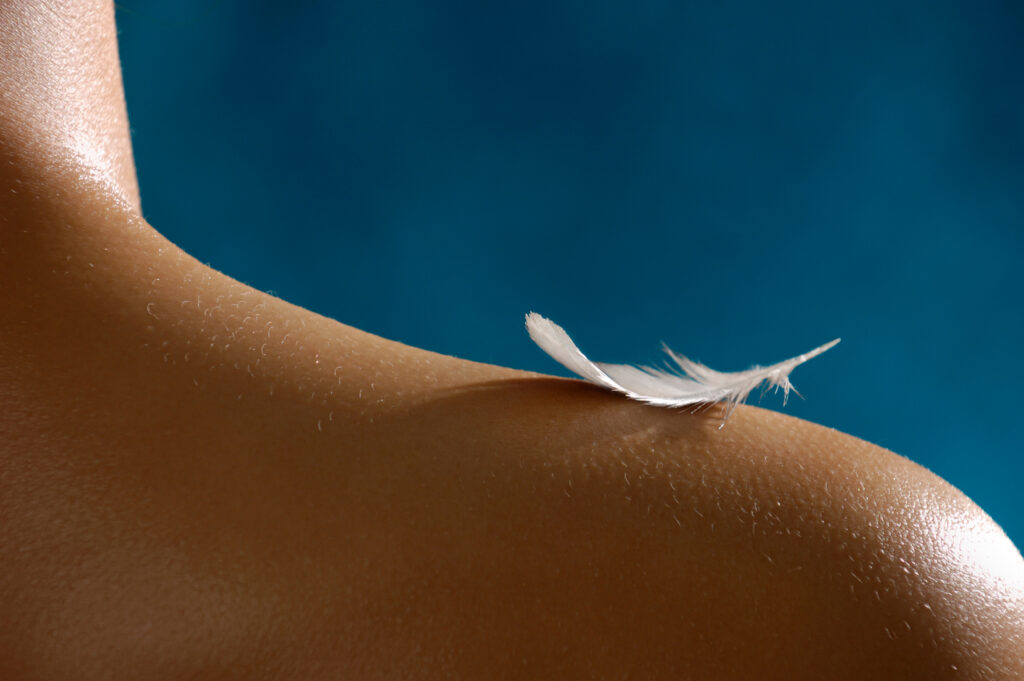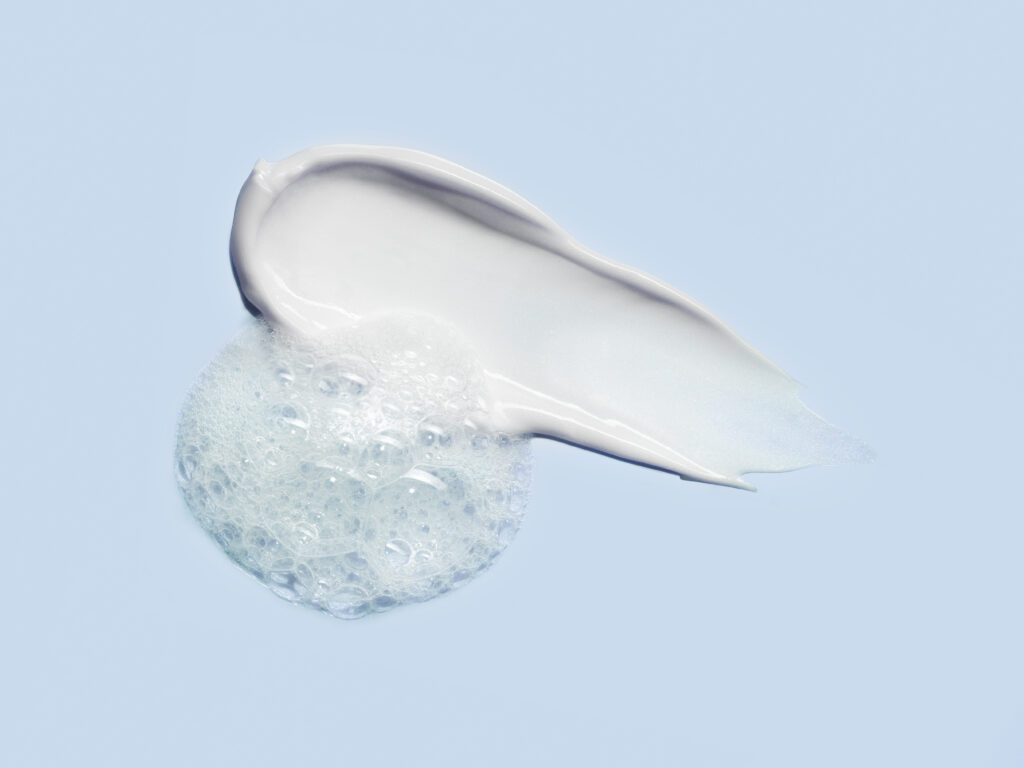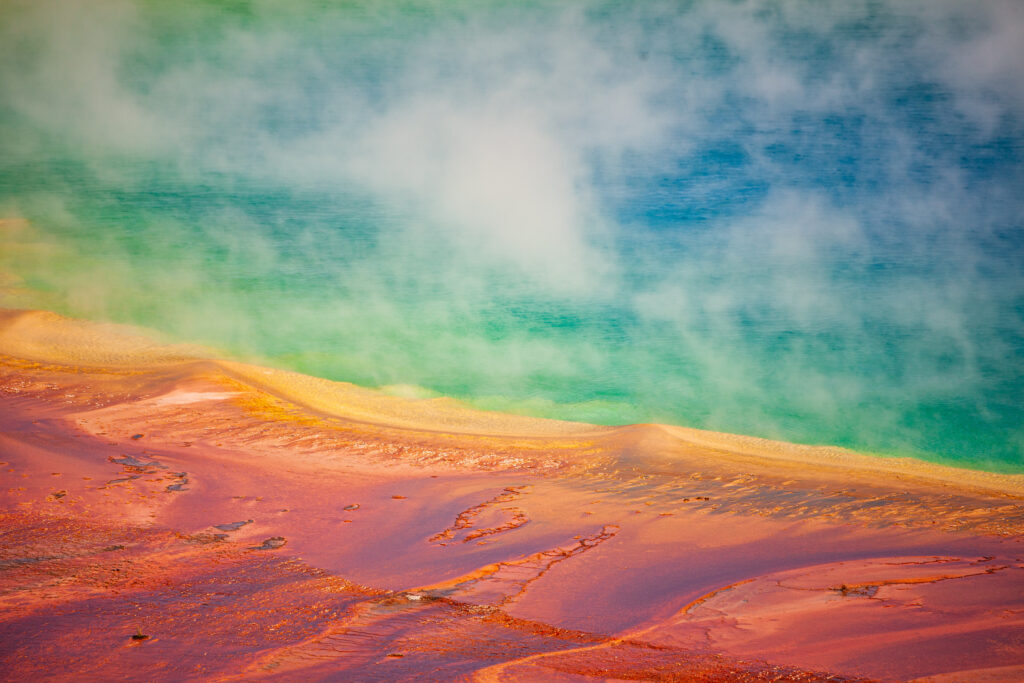Hydration That Holds: Cracking the Wear Problem at the Particle Surface
The problem is straightforward: create complexion products that look hydrated and luminous, yet stay put under sweat, sebum, humidity, masks, and daily touch. Consumers want radiance without the trade-off of movement, patchiness, or transfer. For formulators, that means engineering both the application feel and the film that remains after dry-down.
In practice, the conflict shows up as slippage on high-emollient films or as apparent shade shifts during wear. Oxidation pathways and ingress of sweat and sebum can alter the optics of a foundation over time. Heavy film formers can slow that down, but they often change the sensory profile and make the product feel mask-like. The more durable answer is to address the problem at the interface—right where pigments and fillers meet oils, water, and skin.
Where “Glow” Goes Off Course
The first challenge is dispersion stability at the pigment volume concentration needed for modern coverage targets. Untreated titanium dioxide and iron oxides carry high surface energy, making them prone to agglomeration and viscosity spikes. Those effects complicate shade uniformity, especially in low-viscosity “serum” foundations and water-light tints. Even with adequate shear, small shifts in order of addition or oil polarity can produce batch-to-batch variability that shows up on the face as uneven payoff or loss of uniformity.
The second challenge is wear behavior on skin. Dewy looks typically rely on flexible films, light esters, and emollients that keep slip high and optics bright. Yet these same choices can reduce interparticle cohesion in the dried film and make the film more permeable to exogenous fluids. When perspiration and sebaceous lipids enter the film, optical properties can shift, and the shade can appear deeper or warmer by midday. A “hydration-forward” formula that looks excellent at application may therefore degrade in uniformity, color fidelity, and transfer resistance over hours of wear.
Treat the Surface, Fix the System: Uni-Powder’s CER series for Comfort, SG series for Endurance
A robust solution begins with the powder surface. UNI-POWDER’s two complementary platforms—Bloom Series (CER) and SG Series—are designed to reconcile hydration with long wear by tuning interfacial behavior, not just layering on heavier films.
Together, CER and SG address both sides of the brief. CER elevates immediate comfort, glide, and the hydrated look—especially valuable in O/W and W/O systems positioned as skin-care-like. SG contributes particle-level resistance to sweat and sebum ingress—critical for transfer, smudge, and color-stability goals. Blending or selecting between the two lets the formulator “dial” radiance versus endurance to match the brand’s positioning.
Process Like You Mean It: Dispersion, Emulsification, and Wear Testing That Hold Up
From a formulation mechanics standpoint, both treatments enable cleaner dispersion and more predictable rheology. Hydrophobic coatings reduce uncontrolled wetting and aggregation, which in turn stabilizes viscosity and shade during scale-up. Cosmetics & Toiletries has documented how hydrophobic surface treatments improve compressibility of powders, enhance adhesion, and add water repellency—outcomes that map directly to long-wear attributes. What’s notable is that CER and SG deliver these benefits with different emphases: CER prioritizes skin affinity and comfortable glide, while SG prioritizes resistance to sweat and sebum ingress. A balanced portfolio lets you dial those levers per architecture: use more CER for “glow with care,” more SG for “glow that goes the distance,” or blend for hybrid payoffs.
When you construct water-based tints or serum foundations with hydrophobic pigments, treat the dispersion step as its own unit operation: fully wet pigments in a defined oil phase (e.g., medium-polarity esters, isododecane, or cyclomethicone) using high shear, then emulsify into the aqueous phase. The SG surface favors this approach, promoting uniform pigment distribution and stable droplet encapsulation inside O/W systems built for radiance. Once on skin, the SG layer acts as a barrier to water and sebum, reducing the degree to which these exogenous fluids can re-wet the pigment and change optics. This directly addresses sebum-related darkening described in SCC and academic studies. CER’s contribution then appears in the film’s tactile profile: reduced drag, more uniform laydown, and a hydrated feel that doesn’t require heavy occlusion.
Beyond aesthetics, compliance and marketing language matter. SG’s basis in amino-acid chemistry and its presence in COSMOS/ECOCERT ingredient databases support cleaner-label narratives without abandoning performance. Meanwhile, CER’s use of barrier-relevant lipids is grounded in decades of dermatological literature on ceramides and skin barrier function, and jojoba oil’s stability and antioxidant content are well characterized in peer-reviewed work. The combined effect is technical credibility that reads clean on a label and performs under consumer conditions.
Hybrid Makeup Without the Trade-Offs
Hybrid makeup—cosmetics that look and feel like skincare but wear like traditional color—has moved from niche to baseline expectation. Meeting that expectation at scale requires interface engineering rather than compensating with heavier films. By solving dispersion and wear at the particle surface, CER and SG enable lighter architectures that still pass phone-transfer checks, resist smudging, and keep undertones stable in real-world wear.
There is also a claims and compliance dimension. As brands shift toward ingredients that read clean on labels and align with recognized standards, amino-acid–derived treatments and barrier-relevant lipids are practical paths forward. They support the narrative consumers recognize—hydration, comfort, and skin affinity—while delivering the mechanical benefits formulators need: lower viscosity at higher pigment loads, more stable emulsions, better cohesion after dry-down, and improved resistance to sweat and sebum. That combination defines the next generation of radiant, breathable, long-wear complexion products.
Comfort and Longevity Can Co-Exist
Hydration and long wear are not opposing endpoints when the system is designed from the particle outward. UNI-POWDER’s Bloom Series (CER) improves skin affinity, glide, and the hydrated look; SG Series creates particle-level resistance to water and sebum, protecting uniformity and shade over time. Used together or selectively, they let you tune radiance and endurance without resorting to heavy films that compromise sensory goals.
Deveraux Specialties supplies UNI-POWDER’s CER and SG series in North America. If you’re targeting “glow that doesn’t slip,” we can help you select the right treatment by base type, pigment load, and claim strategy, and share dispersion/emulsification guidance and regulatory documentation. Contact us to request samples and shade lists, or reach out to your Deveraux sales manager for technical support.
Resources
- Chen, G., Sun, W., Chen, H., & Zhang, J. (2022). Research on the intrinsic mechanism of the darkening of liquid foundations. Polymers, 14(24), 5343. https://pmc.ncbi.nlm.nih.gov/articles/PMC9838777/
- Cosmetics & Toiletries. (2010, May 13). Surface modifiers to aid color cosmetic formulating. Cosmetics & Toiletries. https://www.cosmeticsandtoiletries.com/cosmetic-ingredients/news/21841678/surface-modifiers-to-aid-color-cosmetic-formulating
- Schild, J., Morselli, D., Verhoeven, V., et al. (2024). The role of ceramides in skin barrier function and the importance of their correct formulation for skincare. International Journal of Cosmetic Science, 46(5), 1165–1181. https://onlinelibrary.wiley.com/doi/10.1111/ics.12972









